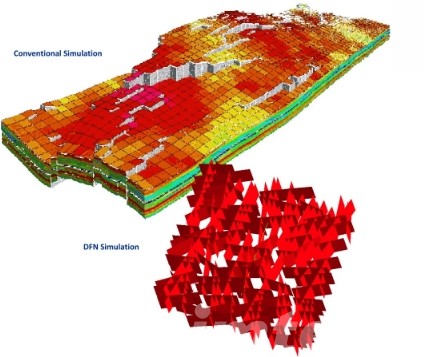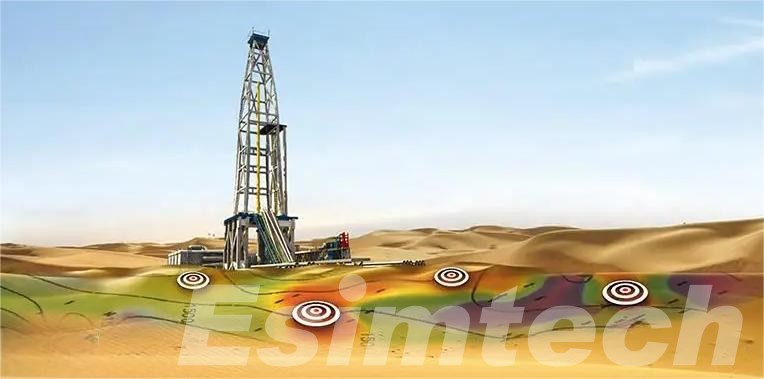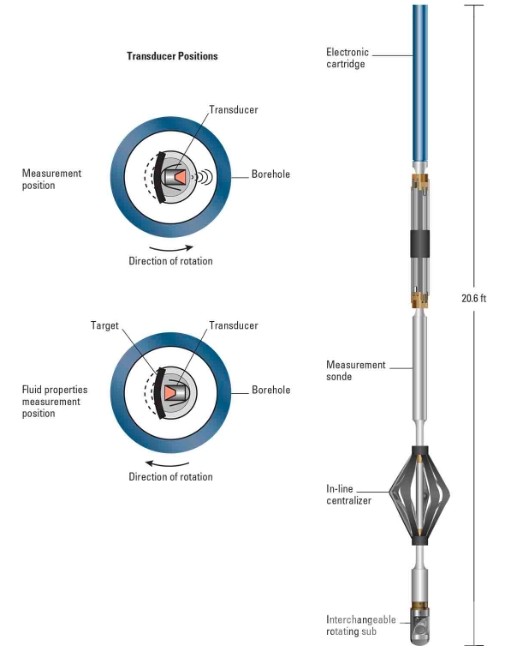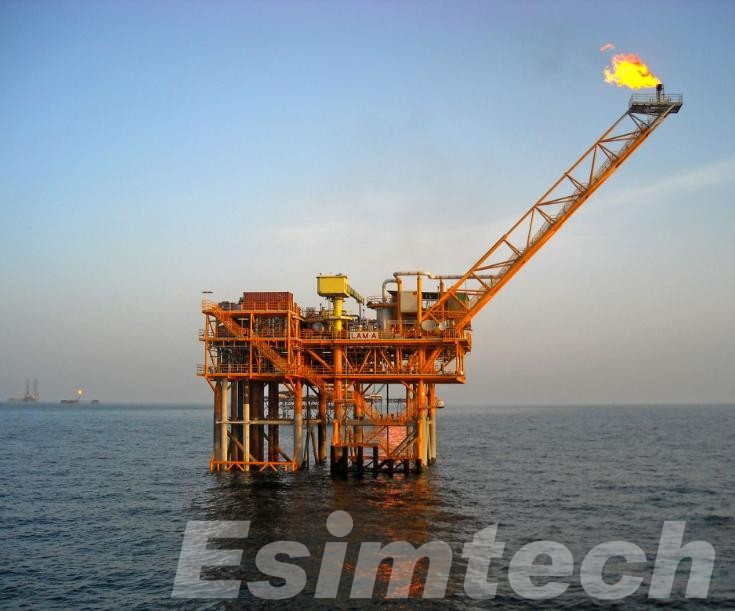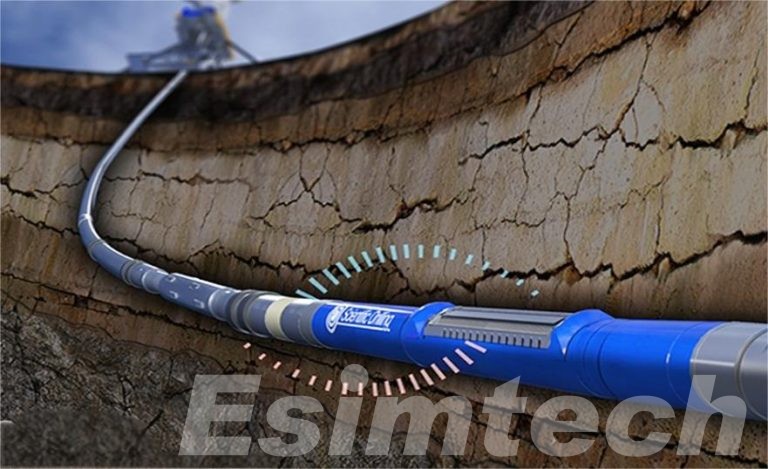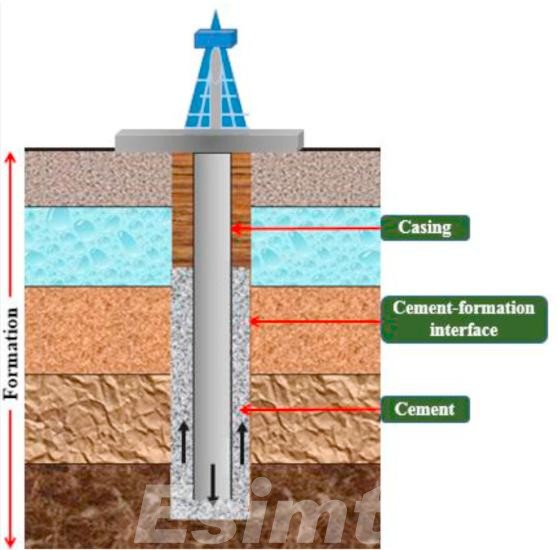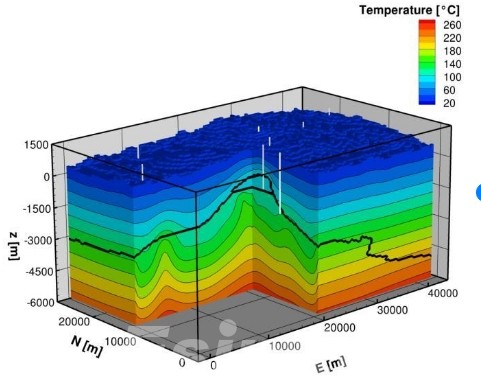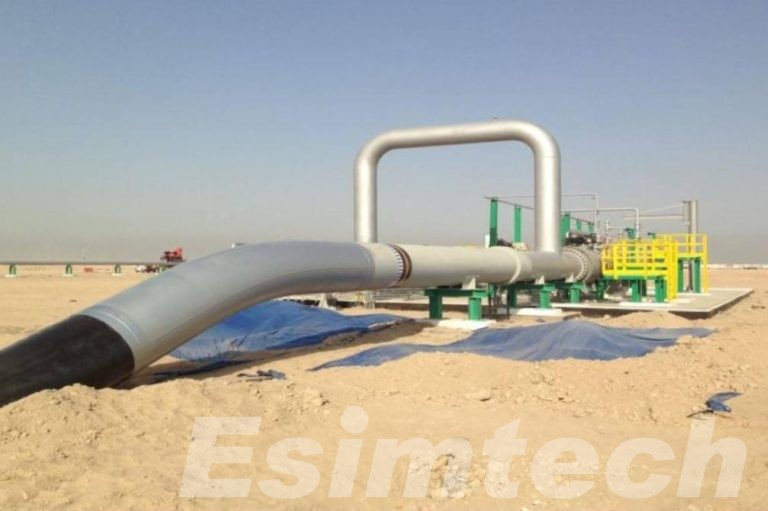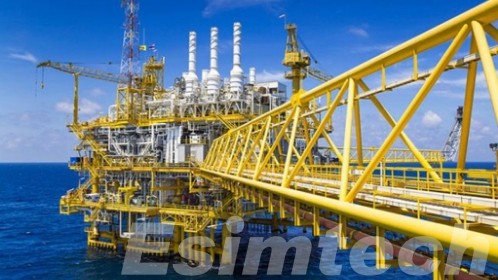How to Exploit Fractured Reservoirs Effectively
Fractured reservoirs are a critical type of geological formation within the oil and gas industry, characterized by the presence of natural or induced fractures within the rock. These fractures significantly impact the reservoir’s ability to store and transmit fluids, making them both an opportunity and a challenge for hydrocarbon production. What Are Fractured Reservoirs Fractured reservoirs are…

